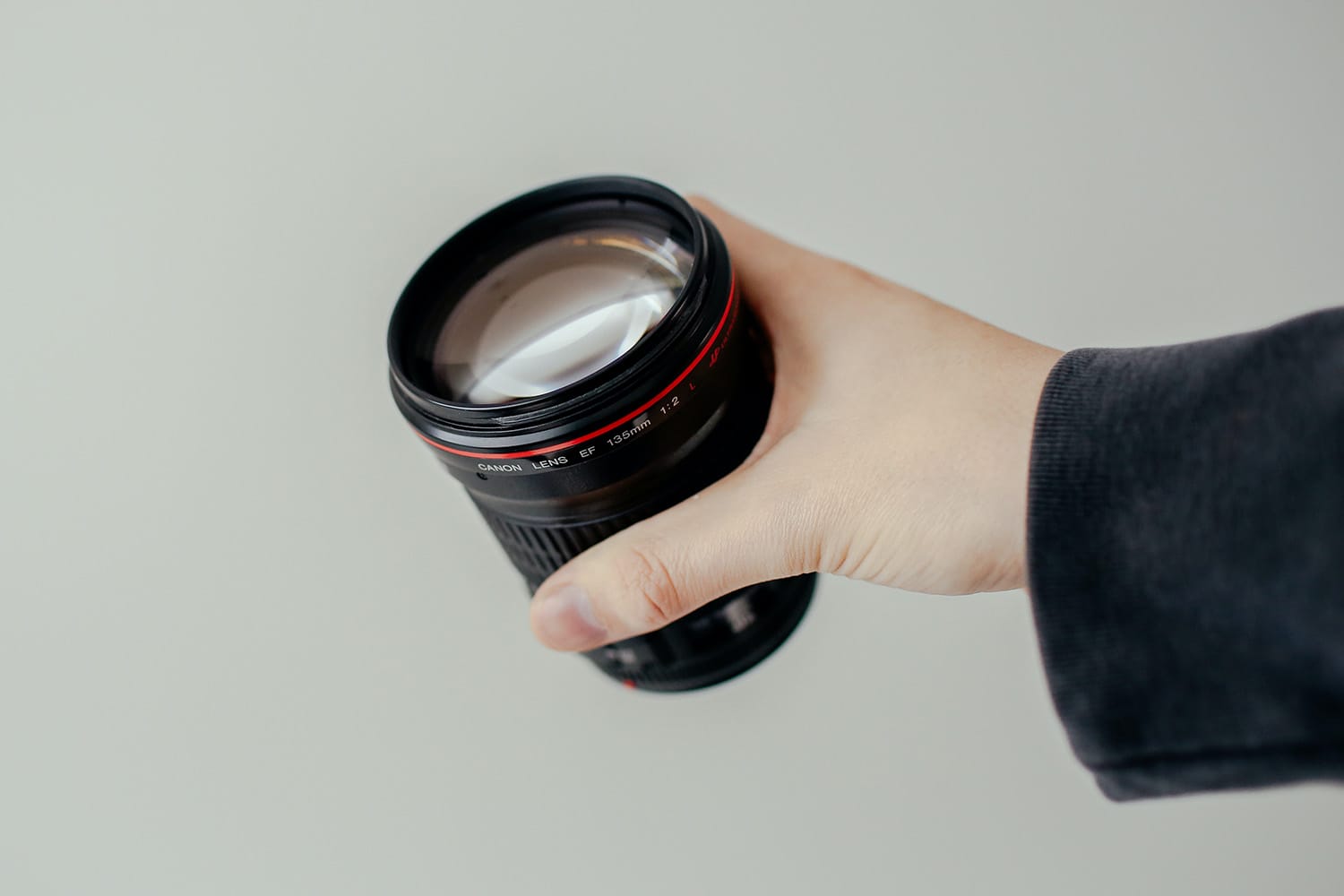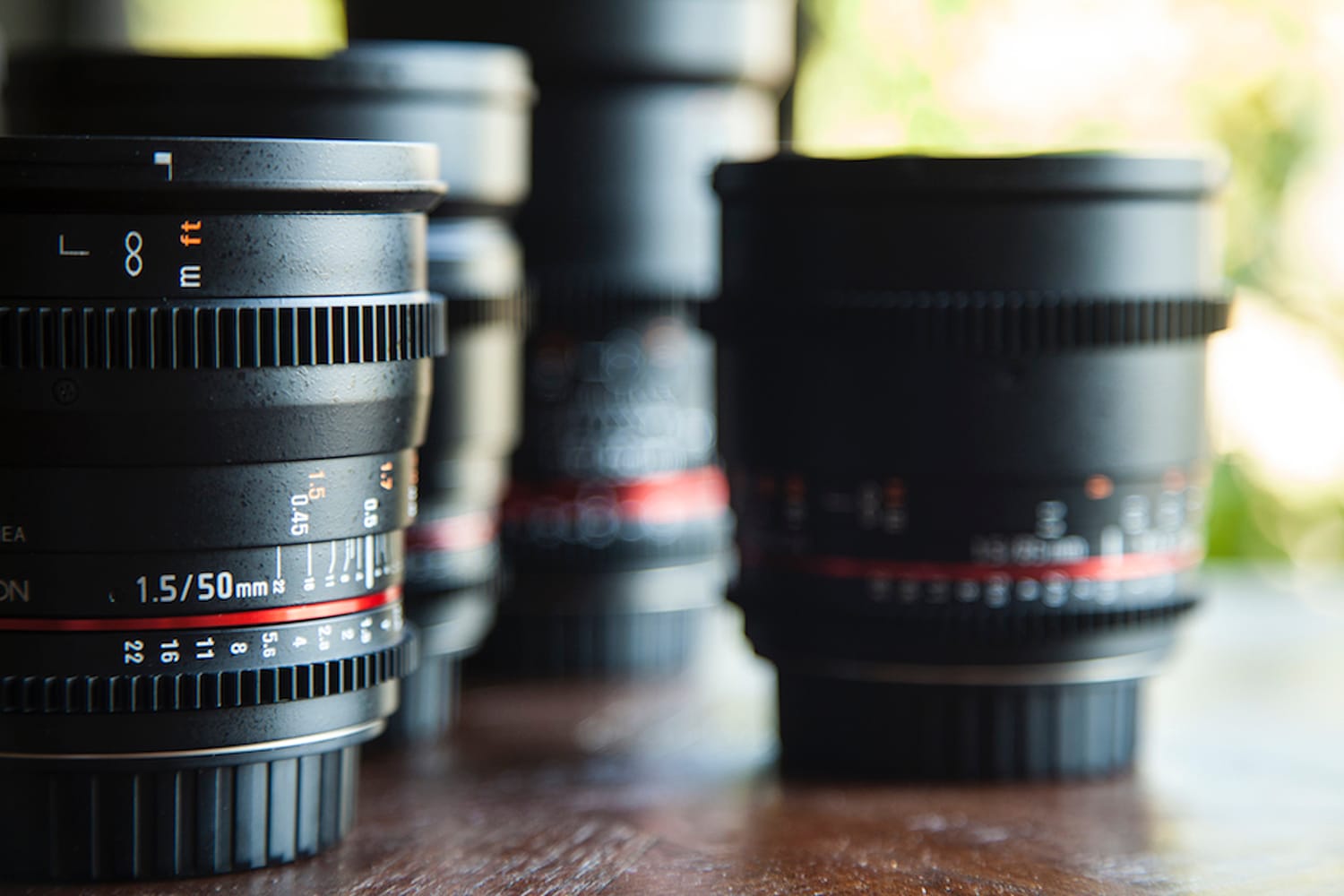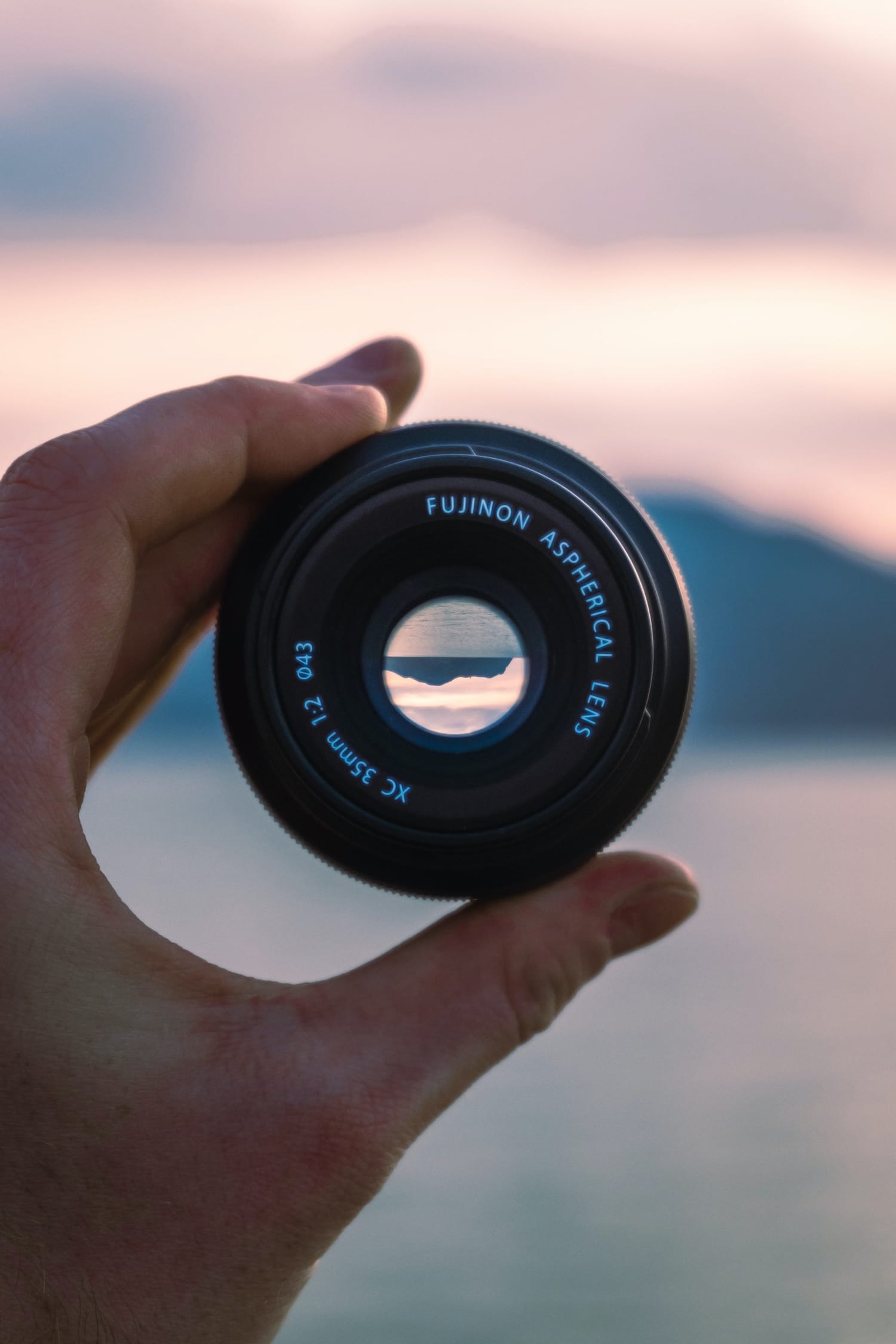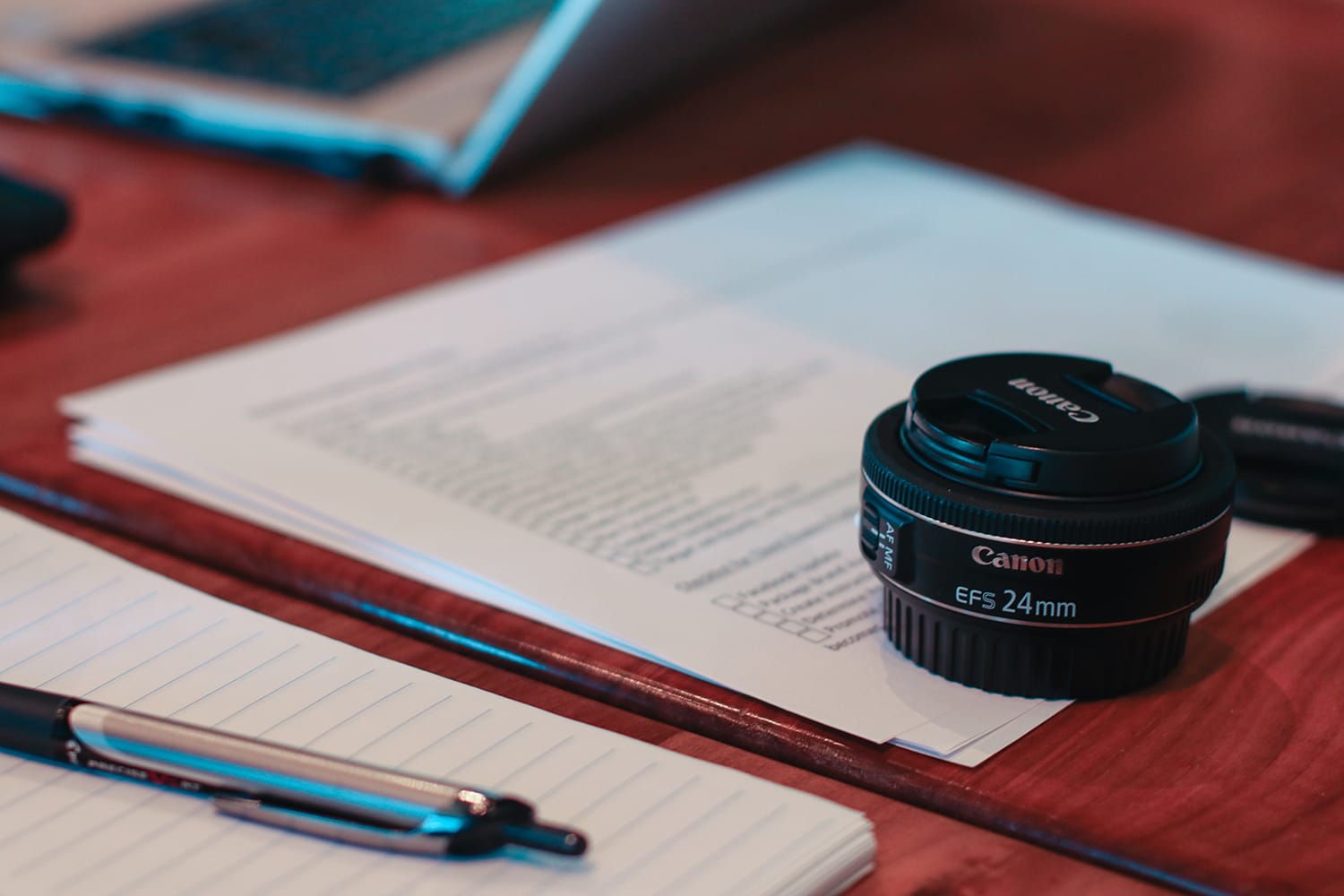Prime Lenses: 6 Amazing Focal Lengths Every Photographer Should Have
Most of us photographers spend a substantial amount of time switching between lenses. Lenses differ in many ways, from the aperture, the angle of view, the magnification/zoom, the filter size, manual focusing features, and so on.
Although all of these factors will play a part in your shooting experience, there is one thing that we need to get out of the way first: should you go with a prime lens or a zoom lens?

Are Prime Lenses Better Than Zoom Lenses?
When considering the two types, most people will prefer zoom lenses since they offer more flexibility. Still, any experienced photographer will tell you that prime lenses often outperform zoom lenses regarding speed, aperture, and sharpness.
Of course, zoom lenses can often be more practical. Zooms often offer excellent zoom angles, which give you various possibilities to take your best shot from any elevation or distance. But is it really that simple? Let’s find out:
Prime Lenses Help You Polish Your Skills
Photography is an art in which complications teach you to become more creative and clever. Of course, you can get all the best zoom lenses in the world, and they can make capturing images more convenient, but is convenience your ultimate goal?
While prime lenses don’t offer as much flexibility as zoom lenses, they can help you hone your skills and get a deep knowledge of specific focal lengths and apertures. Again, nothing wrong with zoom lenses, some of my favorite lenses are zooms, but there is something magical about a great prime lens that forces you to be more creative and actually move your feet to capture the image you want.

Lightweight
Most prime lenses out there are about half the size of most zoom lenses. Sure, holding a large lens in front of your camera and adjusting its focus does feel pretty professional, but carrying around a massive lens can be a burden.
On the other hand, a prime lens has a simple, lightweight build because it has a fixed focal length. Therefore, it’s easier to carry around wherever you go. Some prime lenses even come in a “pancake” format, and some of them are incredibly small/short.
Aperture Range
Another advantage prime lenses over zooms is the maximum aperture. Most zoom lenses have a limited aperture range, which is rarely faster than f/2.8. Some zoom lenses can’t even go faster than f/3.5 or f/4. That’s not a bad thing per se, but it can somewhat limit the shots you can get and the effect you’re trying to achieve.
With prime lenses, you can get apertures around the range of f/2, f/1.2, and even f/.95! The downside is that you might have to pay a premium for those extremely fast aperture lenses.
With an aperture range like that of a prime lens, you can capture some incredible shots even with shallow depth-of-field and tricky lighting.
6 Amazing Prime Lens Focal Lengths for You to Try
Having trouble picking the right focal length for your prime lens? You’re not alone! It’s always a bit tricky in the beginning, so here’s an overview of the six most common focal lengths to step up your photography!
1. 135mm Lens

If you’re uncomfortable with smaller focal lengths or you’re into nature, wildlife, or sports photography, let’s start with a long focal length: 135mm.
A 135mm prime lens is clearly in the telephoto range; which usually starts at around 70mm and will usually go right up to 200mm or more.
What Is It Good for?
This focal length is well suited for a wide range of photography, from nature to portraits, but it’s especially good for sports photography or any genre where you need a long focal length and more reach.
2. 85mm Lens

The next focal length on this list is the 85mm lens. This focal length is also considered a telephoto lens, but for many photographers, this is a much more desirable and flexible focal length than the 135mm.
What Is It Good for?
The 85mm focal length is the staple pick for many famous and accomplished photographers for one pretty apparent reason: killer portraits! If people are your most common subjects, whether they’re in a candid moment or are staring directly into the lens, the 85mm focal length is a must-have!
This 85mm focal length range gives you portrait results that’ll make you question every portrait you’ve ever created before. If you’re trying to ace portrait photography, then this one’s your go-to.
3. 50mm Lens

The 50mm focal length, also known as the nifty-fifty, is one of the most popular mid-range prime lens options for the enthusiast and seasoned photographer. It has a wider field of view than 85mm or 135mm lenses, offering an entirely different kind of photography experience.
If you’re interested in a focal length that is a great all-rounder while also allowing you to capture stunning portraits, the nifty-fifty is a great place to begin!
What Is It Good for?
First of all, most 50mm lenses are pretty lightweight. They can fit in a small camera bag or sling, and they’re usually pretty compact. Of course, if you go with a large aperture like f/1.2, you might need a slightly larger jacket pocket, but if you stick to f/1.8 or f/2, that’s still a very manageable and portable size for a lens.
Second, it’s pretty reliable for creating stunning portraits. You can do full-length portraits, as well as waist-length close-ups with a 50mm focal length.
If you’re into portrait or even street photography, you are sure to get satisfying results with a 50mm!
4. 35mm Lens

Alright. Let’s go into the wider range for the final three focal lengths. If you’re interested in a lens with a focal length shorter than 50mm, then the next logical step is to give a 35mm a shot! On a full-frame camera, the 35mm focal length is very similar to the human eye, so many photographers like this focal length because it’s close to our normal vision off-camera.
What Is It Good for?
35mm is the focal length that is always attached to my camera. I find it offers great balance, is compact enough not to be a burden, and combined with a fast aperture (f/1.2 or f/1.4), it can tackle almost any shooting situation. Personally, if I had to choose only a single lens, I’d pick a 35mm any day.
5. 24mm Lens

A 24mm lens is often a great choice as a walk-around lens. It’s a perfect compromise between the wider 16mm and the 35mm. Many photographers swear by the 24mm, and some even use it almost exclusively.
What Is It Good for?
This focal length can be great for architecture, landscapes, street, and even wedding photography.
Although being a prime lens, it doesn’t allow you to zoom in or out; its sharpness and background compression more than make up for this one drawback.
If you’re planning to do outdoor photography, you’ll be grateful to have a 24mm lens on hand. Weddings, sports events, street photography, geographical photography are some of the many areas where this lens will do wonders for your work.
6. 16mm Lens

This is the widest focal length we’re going to cover in this article. Most 16mm lenses will exhibit some sort of distortion, but that can usually be easily corrected in Lightroom Classic. If you’re into landscape photography, this is the focal length to get.
I would advocate for getting the sharpest and highest quality glass you can afford. You will not regret it. Remember, it’s always best to invest in lenses. They can last a lifetime, whereas camera bodies come and go.
What Is It Good for?
As the focal length gets wider, the perspective also tends to get larger and slightly more distorted. This is not a portrait lens as it will exaggerate facial features, which most people don’t want. Let’s say it’s not a very flattering focal length for portraits.
Instead, this ultra-wide perspective is perfectly suited for landscape photography. Try shooting pictures with ample foreground and background.
The convergence and compression with a 16mm lens are neither too chalky nor too unnatural, so that’s one thing that makes these lenses an excellent pick for landscapes.
Conclusion
Prime lenses are comparatively more expensive than zoom lenses. You can, of course, find affordable prime lenses out there, but keep in mind that lenses with larger apertures tend to cost much more. At the end of the day, it’s all about finding the perfect lens for your needs and your budget. With that said, I hope you found this overview useful!
